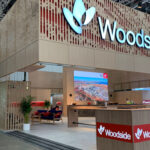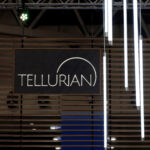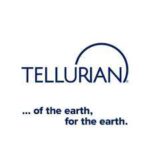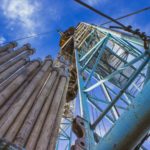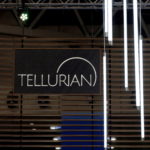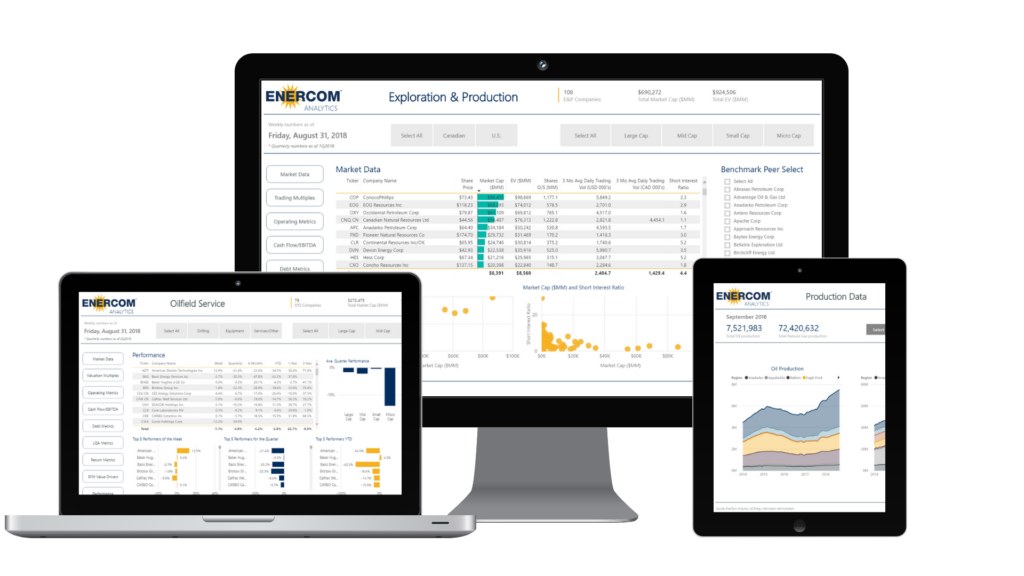Lowers investment to $500/ton, down from $1,500/ton
Project debt will rise under adjusted proposal
From S&P Global Platts
Houston — Tellurian is sharply cutting the equity buy-in for potential partners in a bid to make its business model to finance construction of its proposed Driftwood LNG export terminal more attractive.
The revised offering, disclosed in an investor presentation filed with the US Securities and Exchange Commission on Thursday, means partners would pay less up front and the project would take on a higher debt load to make up the difference.
Borrowing costs would be passed on to partners, increasing the delivered cost of the LNG. Tellurian expects that to be inconsequential because under the previous offering, partners were responsible for servicing their own debt if they financed their up-front investment. The approximate amount of capacity Tellurian will retain to market on its own is in line with its previous plans.
“The change reflects requests by the partners and consensus building around the rest of them to find the most efficient structure,” CEO Meg Gentle said in an interview with S&P Global Platts. “We are providing clarity on the company’s intentions and the strength of the partners’ preferences. We feel confident we’ll be able to talk about the partners by the end of the year.”
The approximately 27.6 million mt/year facility in Louisiana is part of the second wave of US liquefaction projects – all targeted for startup in the early to mid-2020s, after the current crop of terminals that are under construction are set to go online.
Currently, there are two US exporters of LNG produced from shale gas that are operating: Cheniere Energy and Dominion Energy. Total US LNG feedgas demand hit an all-time high of 4.3 Bcf/d on Thursday, driven largely by a ramp-up in deliveries to Cheniere’s Sabine Pass terminal, which rose to 3.5 Bcf/d, indicating that Train 5 is likely operating at full capacity, S&P Global Platts Analytics data showed.
Global LNG spot prices have dipped over the last couple of weeks as demand in South Korea and Japan has trended well below expectations. As a result, weighted average US LNG netbacks have fallen to roughly $4.34/MMBtu, down 25% from September. However, these spreads are still well in excess of liquefaction costs (which Platts Analytics assumes are $2.50-$3.50/MMBtu) and should continue to incentivize full utilization of US export capacity.
Most of the second wave projects are relying on long-term contracts from offtakers to support the cost of construction. Some have had trouble reaching agreements, as buyers seek shorter, more flexible terms. Tellurian had originally dabbled with this traditional model, and even floated the idea of fixed-price LNG to Asia for a five-year period. But those efforts were not successful.
In September 2017, Tellurian tried something different. Its new business model called for offtakers to pay an up-front fee for an equity interest in Driftwood Holdings, which will consist of entities including the terminal, that will give them the right to lift 1 million mt/year of LNG from Driftwood for the life of the terminal.
Originally, the minimum buy-in was $1,500 /ton, or $1.5 billion. In Thursday’s investor presentation, that was lowered to $500/ton, or $500 million. Project debt will increase to approximately $20 billion, compared with approximately $3.5 billion previously.
The LNG cost delivered free on board will be $4.50/MMBtu ($3/MMBtu for feedgas and liquefaction and $1.50/MMBtu for debt servicing), up from $3/MMBtu previously. The extra debt will mean greater involvement from credit rating agencies.
Project outlook
The presentation says Tellurian will retain as much as 11.6 million mt/year of Driftwood’s capacity. The original offering said the retained interest would be approximately 7 million-11 million mt/year. On a percentage basis, Tellurian says its interest will be the same, at approximately 40%. Partners will own 60% of the equity.
“We’ll still be at 40% ownership of Driftwood with the expectation we’re generating $2 billion of net cash flow at the Tellurian Inc. level from our retained portfolio once everything is in operation,” Gentle said.
Tellurian expects to prove commercial viability in the coming months. Startup of Driftwood is targeted for 2023. Tellurian has proposed to build three pipelines to feed gas to Driftwood and serve other shippers. It has also bought shale acreage to drill for cheap feedgas.

